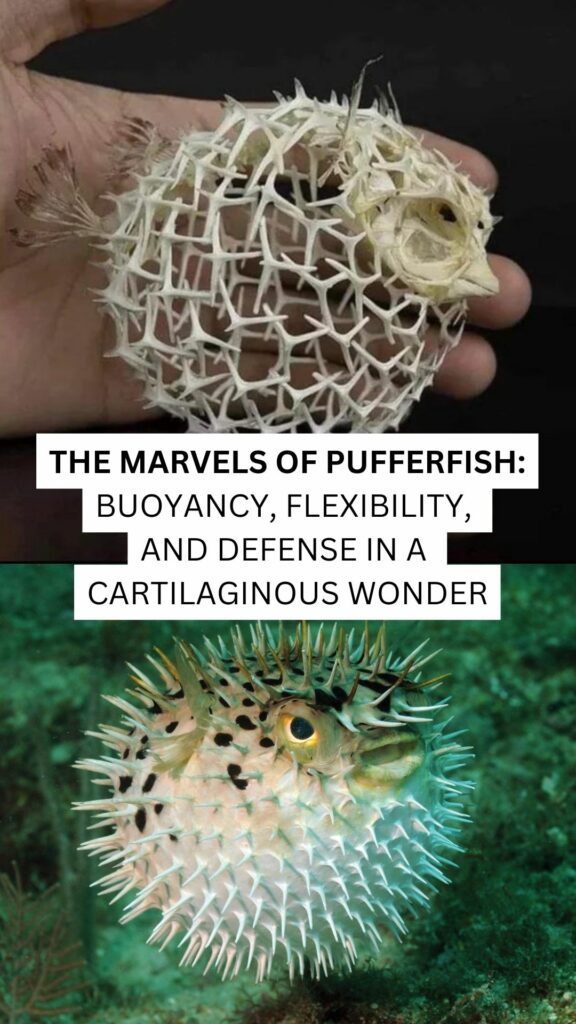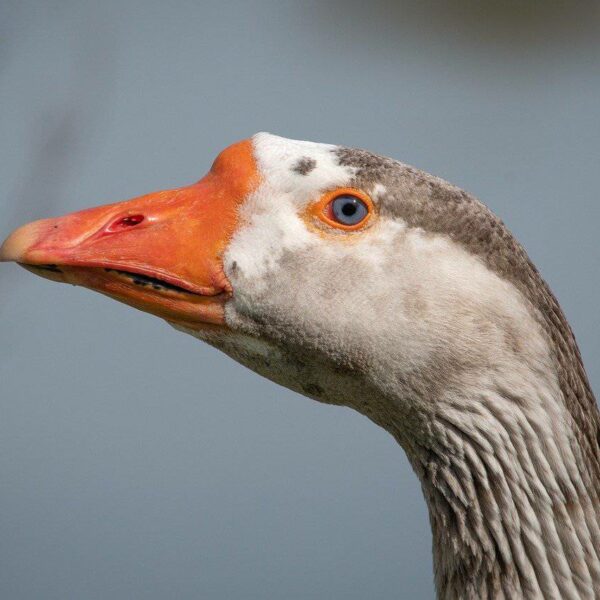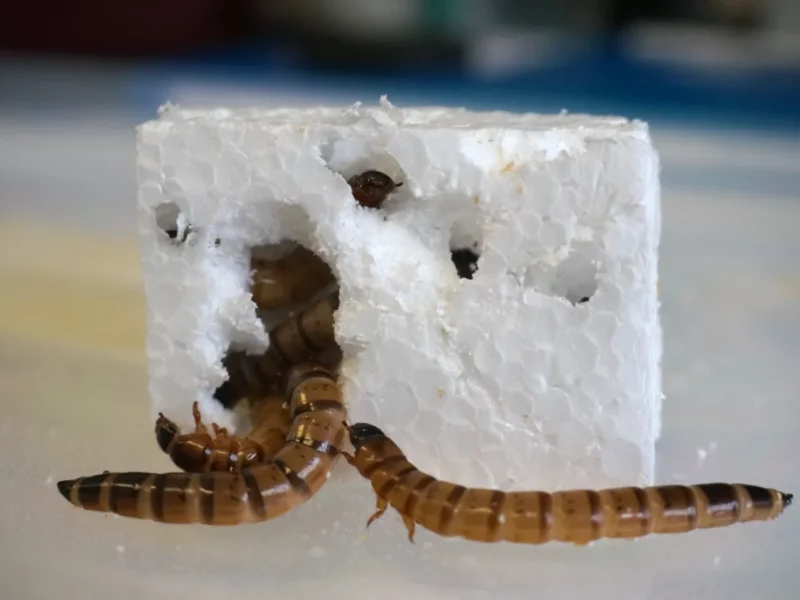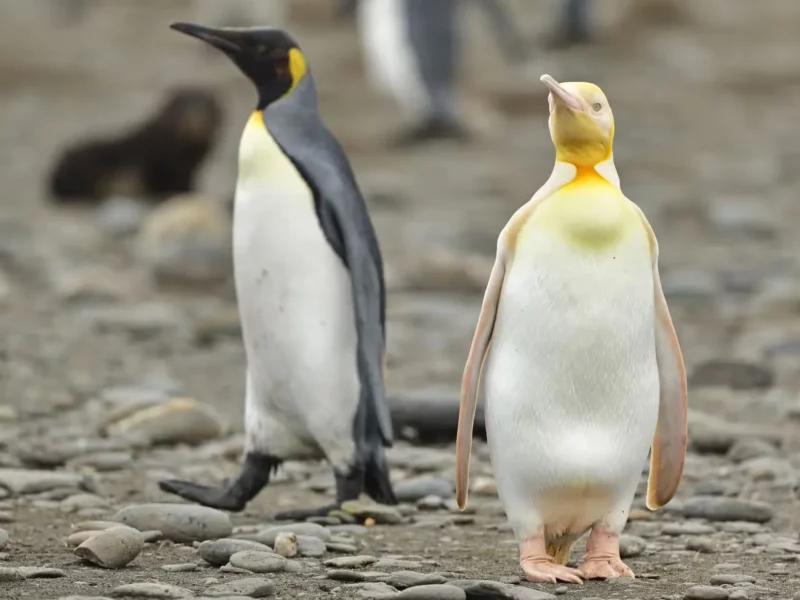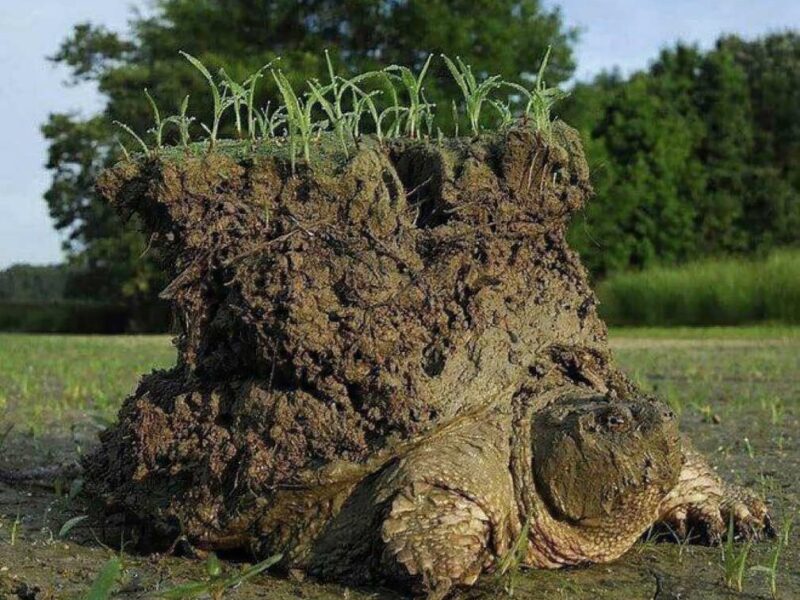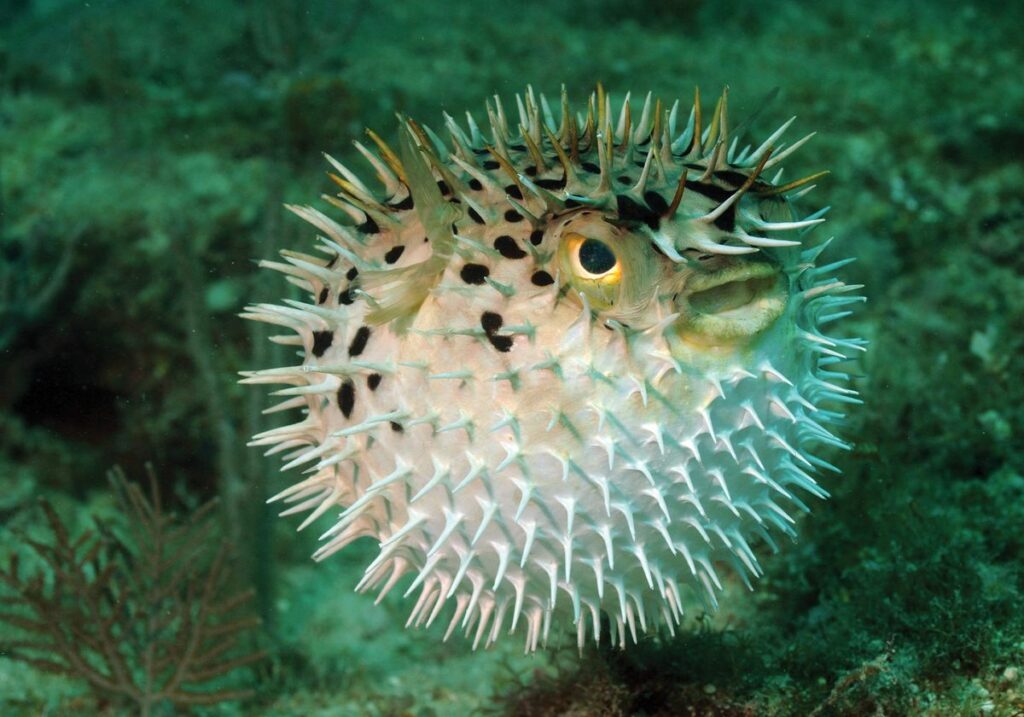
Pufferfish, those captivating inhabitants of the ocean depths, boast a remarkable anatomical feature that sets them apart from most other fish species—their skeleton, composed not of bones but of lightweight cartilage. This unique skeletal structure endows them with the extraordinary ability to manipulate their body shape in response to threats, forming a spherical defense mechanism that is both fascinating and highly effective.
The advantage of a cartilaginous skeleton becomes particularly apparent when pufferfish find themselves in peril. Their buoyant nature, courtesy of the flexible cartilage, allows them to effortlessly inflate their bodies, presenting an imposing round figure to potential predators. This remarkable defense strategy not only startles would-be assailants but also enhances the visibility of the pufferfish’s sharp spines, turning their once inconspicuous armament into a formidable deterrent.
Beyond their ability to morph into a defensive sphere, pufferfish possess another intriguing adaptation—an arsenal of continuously growing, beak-like teeth. These specialized teeth are tailor-made for the task of crushing the tough shells of crustaceans and mollusks, their primary prey. This dental prowess, combined with the pufferfish’s unique inflation capability, forms a dynamic survival toolkit that showcases the marvels of evolution.
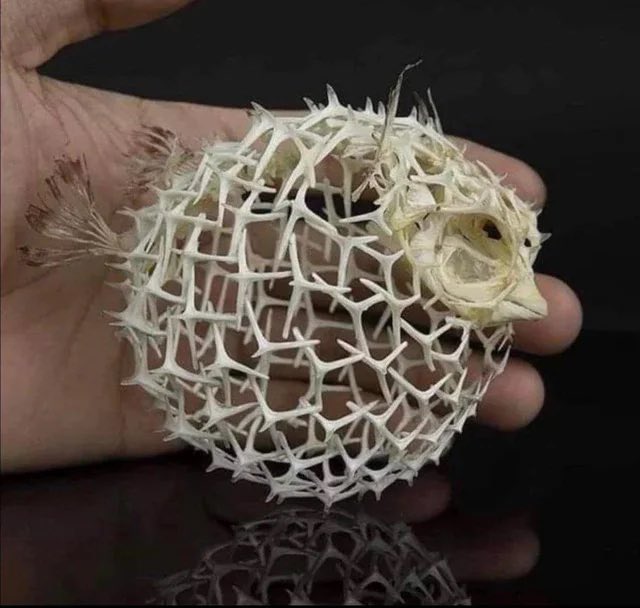
While pufferfish stand out with their cartilaginous skeleton, they are not the sole beneficiaries of this feature in the aquatic realm. Sharks and rays, fellow denizens of the depths, also share this skeletal characteristic. However, it is the pufferfish’s distinctive combination of buoyancy, flexibility, and defense mechanisms that makes them a truly captivating and resilient species.
In the intricate dance of nature, the pufferfish’s cartilaginous skeleton and its ability to gracefully inflate serve as a testament to the creative solutions that have evolved for survival in the vast and competitive underwater world. In exploring the depths of the ocean, one cannot help but marvel at the wonders of adaptation that have sculpted these mesmerizing creatures into the resilient beings we admire today.
Text credit: Earth Unreal
Did you enjoy this article? Pin it for later.
And while you’re on Pinterest, come follow us and pin along with us.
